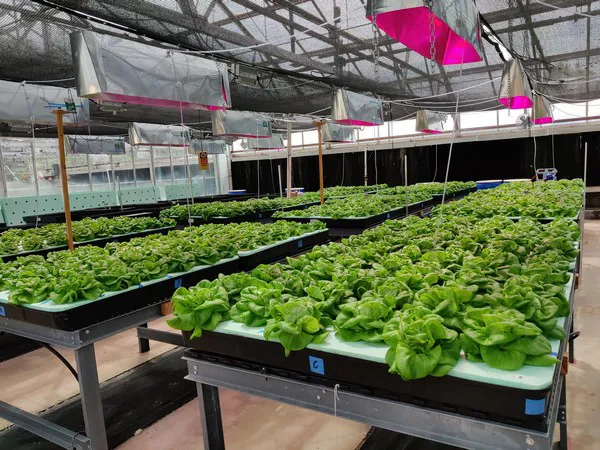Supplemental lighting in greenhouses is expensive but often needed for reliable and predictable crop growth during the darker months of the year. "Predictable crop growth requires consistent environmental conditions and, in many cases, light is probably controlled less accurately than other environmental factors", says Mikhail Hutton with Candidus. "Given that light directly drives crop growth, poor control over lighting conditions can create serious challenges for growers", he says. Lighting recommendations are typically made based on the daily light interval or the total amount of light in the greenhouse over the course of an entire day.
"Calculating the DLI requires frequent measurements of photosynthetically active radiation (PAR), also called photosynthetic photon flux density (PPFD). Such sensors are commonly present in greenhouses, and good climate control systems can integrate those measurements over a day to determine the DLI. DLI data typically provide much more useful information than PAR data, since PAR data typically vary greatly over a day, making them difficult to interpret."

DLI more important than PAR data
When thinking about control of supplemental lighting systems, Mikhail says it is important to keep in mind that DLI is more important and easier to interpret than instantaneous PAR data. "There are multiple approaches to controlling supplemental lighting, ranging from manual control and timers to more advanced systems that use threshold or DLI control. Although threshold control is a major step up from manual or timer-based systems, it still has the drawback that it cannot account very well for sunlight levels. The result is likely that there will be substantial variability in DLI."
He adds that the most advanced lighting control systems aim to provide a consistent DLI from day to day, regardless of the weather conditions. "More supplemental lighting is provided on overcast than on sunny days. Some control systems also provide shade if the amount of sunlight in one day exceeds the required DLI."
A question that could pop up is whether that shading is really needed? "Sometimes shading may be required for temperature control in the greenhouse, but when the temperature is not an issue, is it really necessary to block that extra sunlight? Although crops like leafy greens can develop quality problems, such as tipburn, if they consistently get more light than optimal, occasional days with high light are typically not a problem. Rather than aggressively shading to make sure the DLI does not exceed the target DLI, growers can take advantage of the excess light available on a sunny day and then lower the target DLI the following day (or days)."
"Doing so allows us to take advantage of those sunny days and lower the overall amount of supplemental light that needs to be provided to a crop", Mikhail continues. "Research in Dr. Marc van Iersel’s lab at the University of Georgia has shown that we can lower the target for the DLI following a sunny day with more than the required DLI." You can read more about that research here. They named this concept ‘carry-over DLI’. "So far, they tested this with lettuce, and their research suggests that the carry-over is fine up to 5 to 7.5 mol/m2/day from a sunny day to the following day and lower the DLI target for the next day by that amount. This had no negative effects on crop growth or quality."
So why does this matter? T.C. Jayalath, a PhD student at the University of Georgia, ran simulations for different locations in the US to estimate the energy and financial savings. He estimated that annual savings are $6,000 – 9,000 US per acre per year, depending on the location. "Currently, lighting control systems that can implement this DLI carry-over are rare. However, Candidus has incorporated this as a user-selectable option in their latest software upgrade", Mikhail concludes.
 For more information:
For more information:
Candidus
www.candidus.us
